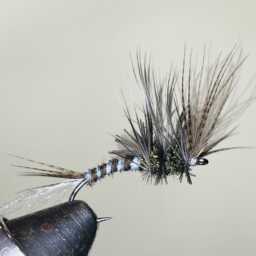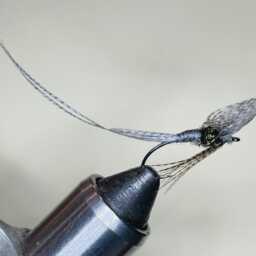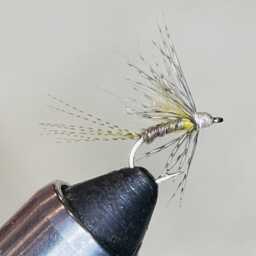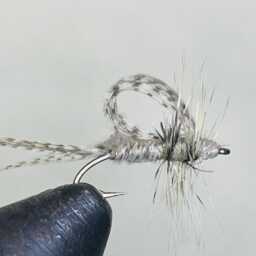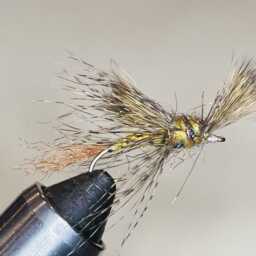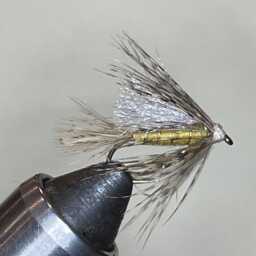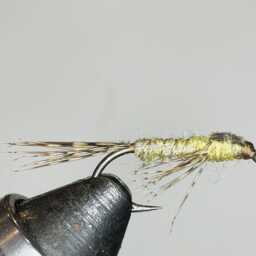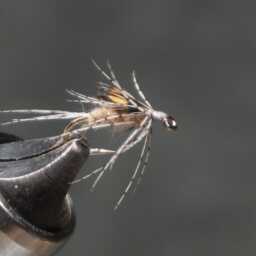Duck Quills for Fly Tying
Duck quills serve as crucial material for tying winged wet flies and classic dry fly wings. They are available in various colors, with each package containing two pairs.
Uses of Duck Quills
- Good quality duck quills are commonly utilized for wings and tails in standard wet fly patterns and dry fly designs, particularly associated with classic dries and traditional wet fly patterns like those seen in the Royal Coachman or Blue Dun.
- Wing feathers, notably from mallard ducks, are widely favored by fly tiers. The longer rearward fibers of primary feathers, known as “quills,” are popular for wings and wing cases in nymphs, wet flies, and dry flies. Additionally, the short barbs, or “biots,” on the leading edge of Canada goose primaries, serve as tails, segmented bodies, and wings for various nymph patterns, including the Prince nymph.
Harvesting Wing Feathers
- Wing feathers can be collected individually, in groups, or as whole wings. Primaries can be easily obtained by clipping them off at the first wing joint. Shoulder feathers covering the wing butt are plucked together and find use in diverse fly types. Matching sets from both wings are essential regardless of the harvesting method. Breast and belly feathers are plucked individually and stored based on size and coloration.
Mallard Duck Wing Quills
- Mallard Duck Wing Quills, available in natural grey tones, are commonly used for wet or dry trout fly tying patterns. They are primarily utilized for wing patterns on Trout flies and are positioned differently based on the type of fly being tied.
Challenges and Alternatives
- Historically, quill wings were favored due to their small tie-in point and wide profile. However, tying quill wings is considered a somewhat diminishing skill. While most wet fly recipes call for quill wings, substitutes have been effectively used in the past, and modern materials offer more possibilities. Traditional quills can be fragile and sourcing them in stores can be challenging at times.




